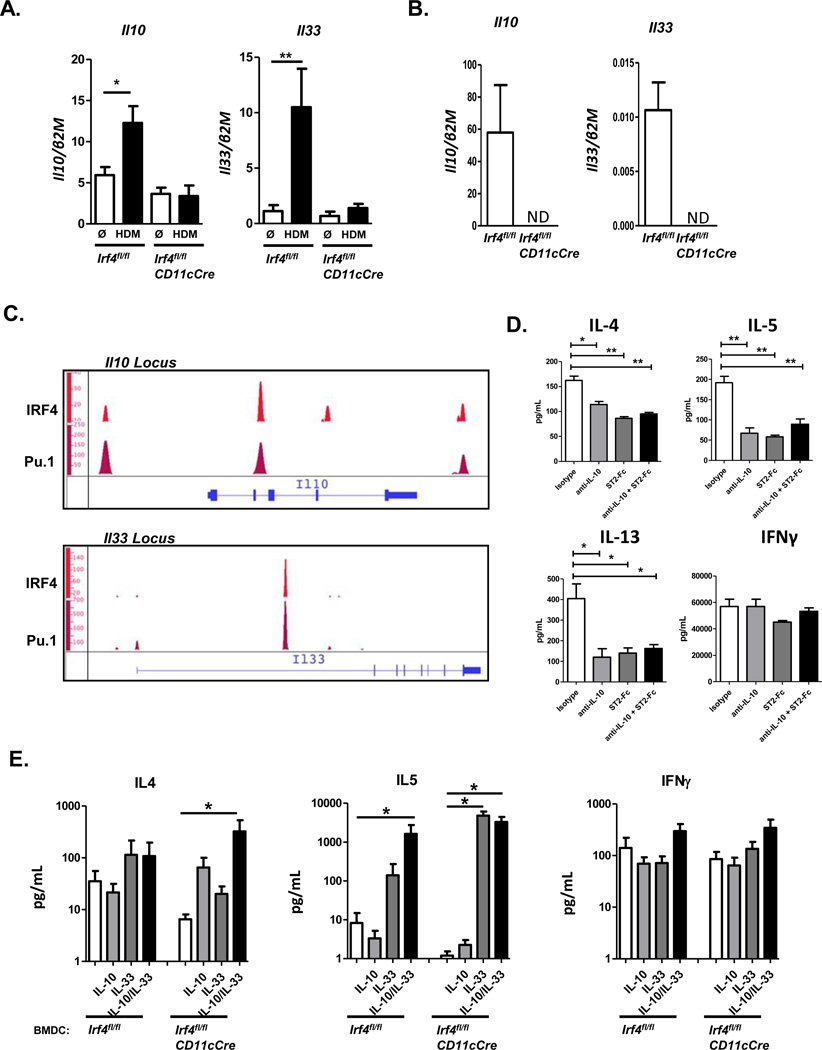Figure 6. IRF4 promotes Th2 differentiation through upregulation of IL-10 and IL-33 in DCs.
(A) Irf4fl/fl and Irf4fl/flCD11cCre BMDCs were stimulated with media alone or HDM overnight and assayed for Il10 and Il33 gene expression. (B) CD11b+ Flt3L-DCs from Irf4fl/fl and Irf4fl/flCD11cCre mice were treated with HDM overnight and assayed for Il10 and Il33 expression. (C) BMDCs from WT mice were stimulated with LPS and assayed by ChIP-seq for binding sites of IRF4 and Pu.1. Il10 and Il33 genes are shown. (D) HDM activated WT BMDCs were used to stimulate OTII T cells in the presence of 1 μg/mL OVAp and addition of isotype control, anti-IL-10, ST2-Fc, or both. OTII cells were collected 5 days later and restimulated for cytokine secretion. (E) Irf4fl/fl and Irf4fl/flCD11cCre BMDCs were used to differentiate OTII T cells in the presence of HDM, OVAp, and addition of media or recombinant IL-10, IL-33, or IL-10+IL-33. T cells were collected and restimulated for cytokine production. Data represent the mean ± SEM and tested for significance by Student’s t-test; *, P<0.05; **, P<0.01; ***, P<0.001. Data are representative of two or three independent experiments with 3-to-6 replicates per experimental group.

